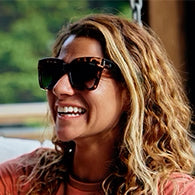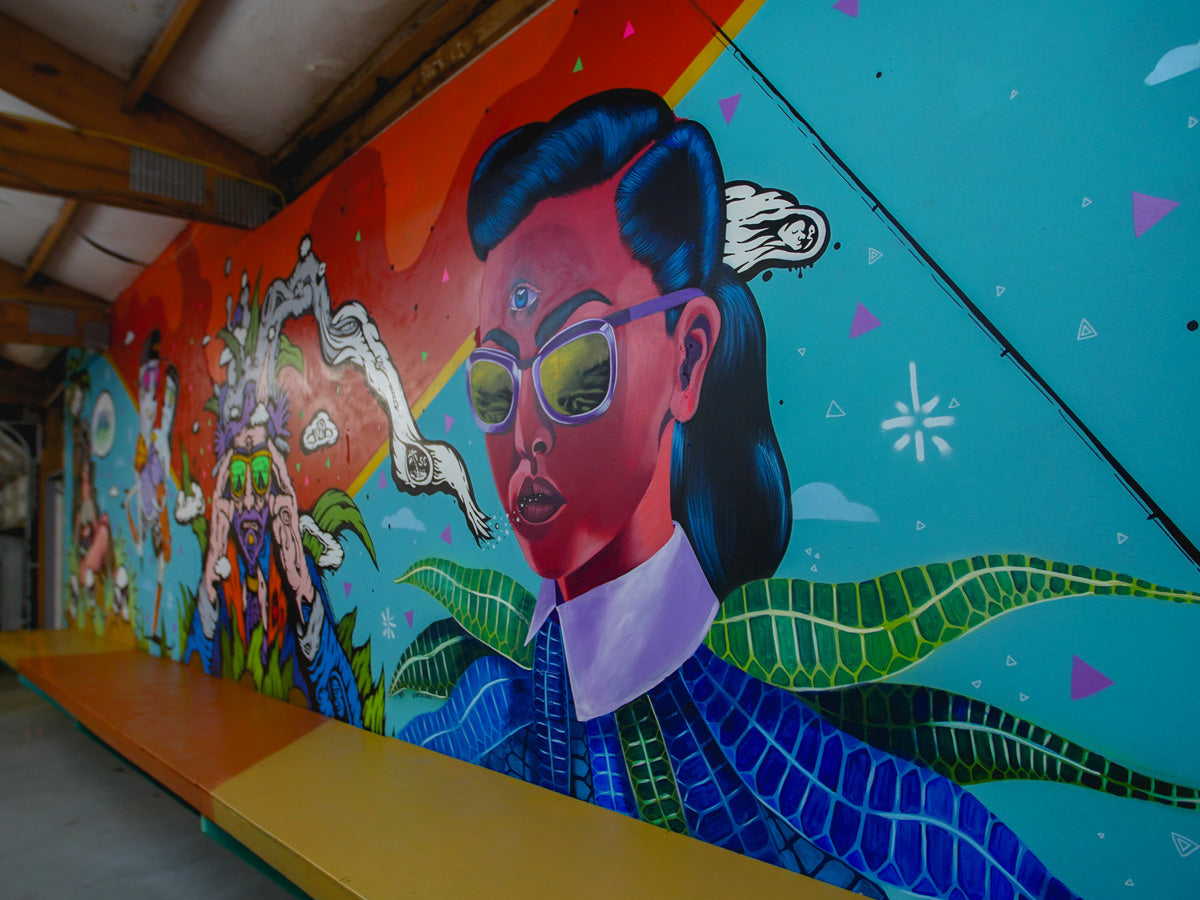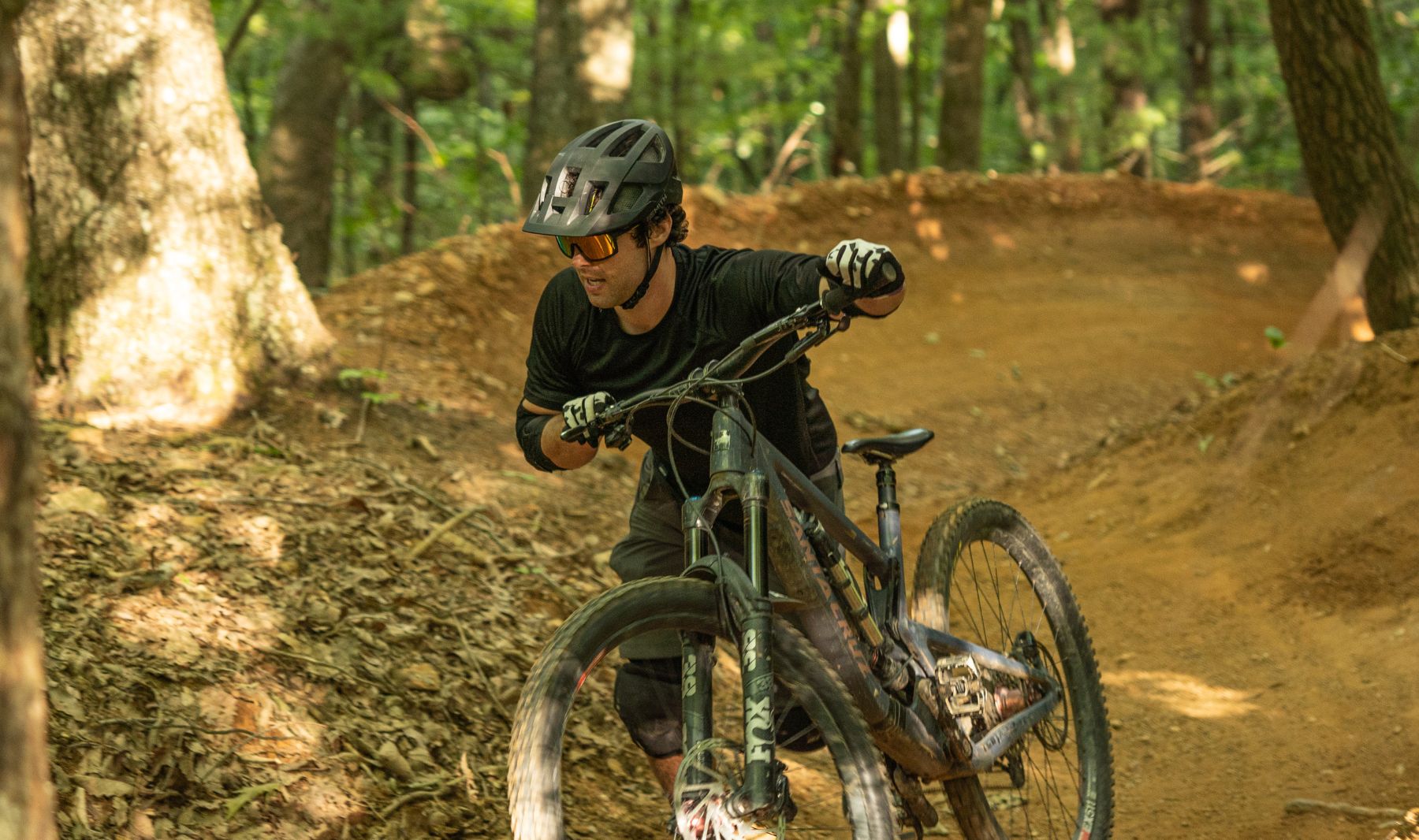Growing up, graffiti art curator Jonathon Neville was known as “Brooklyn” Neville. The New York ‘hood he called home was his calling card. And in many ways it still is.
“My nickname was a tactic for me, but it was also a little jab for them,” Neville says. “But those same people that made fun of me growing up have now moved to Brooklyn. We knew already knew it was the best place.”

Neville’s parents were appreciators of art, and his community became the street artists, bohemians, partiers.
“I saw everything—the wealthiest to the poorest people—and I could talk to anyone,” he says. “You learn that you don’t just turn away and your mind just expands into being an open human being. With so many different people living in the same area, it was a cultural education.”
Graffiti was his “wayfinding” mechanism in youth. “I would walk the bridge to Manhattan almost every weekend and there would be these big tags that would tell a visual story. It was the only way I knew how to navigate the Soho, the West Village—I would look at the graffiti on the roll-down gates,” says Neville, who was never interested in the criminal aspect of street art. “My fascination was about the scene surrounding it.”
These days Neville curates art shows and murals across New York City and functions as the president and curator at Centre-fuge Public Art Project, which he co-founded, in New York’s Lower East Side.
But he’s also into spreading public art to cities around the country with a road-tripping “artist-in-residence” program called Dripped On the Road, which he spun off of his company Dripped On Productions.
Neville's own art is cathartic. “I’m more of a street art/mural facilitator,” he says. “I’m just trying to get more art there out in the public.”

Nectar recently partnered with Neville on a giant mural in its office in Charleston, for example. “After visiting Nectar, we wanted the same thing," he says. "We had a blast and we thought, ‘How can we do something we love every single day—not just participate, but give back to this scene?”
That’s what Dripped On the Road is all about.
He has spring and summer road trips lined up to the Midwest and West with collaborative artists from around the country. “As graffiti artists, we don’t have many outlets to hone our craft. There are no programs to get experience, no resume builders,” he says.
But it benefits everyone. “It’s public outdoor, and we should be able to bring it to everyone, everywhere,” he says. "It’s a form of education, to take an empty lot, to make an invisible space visible.”





